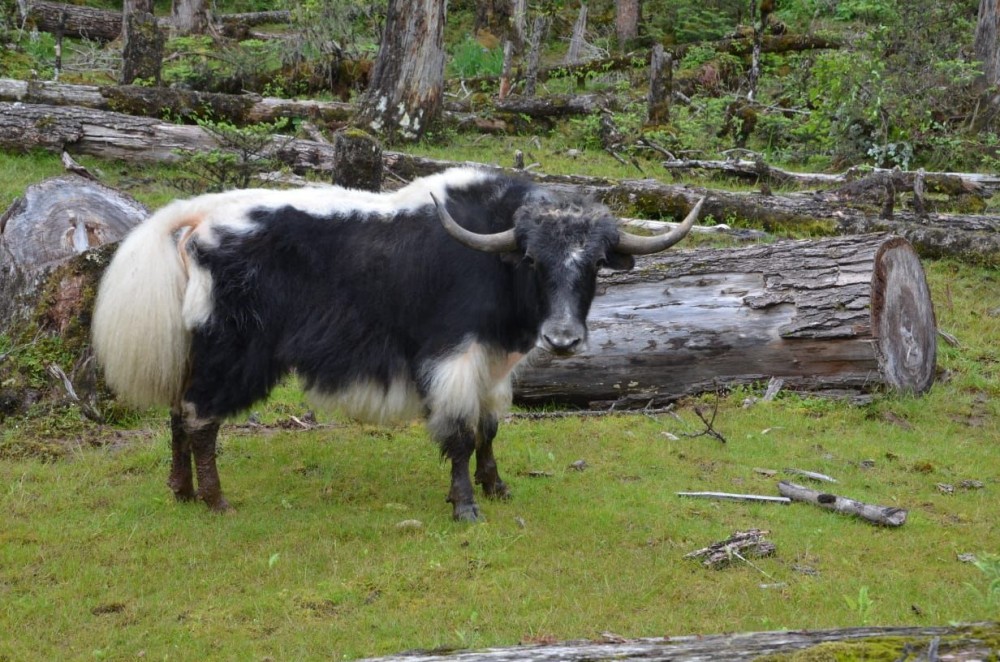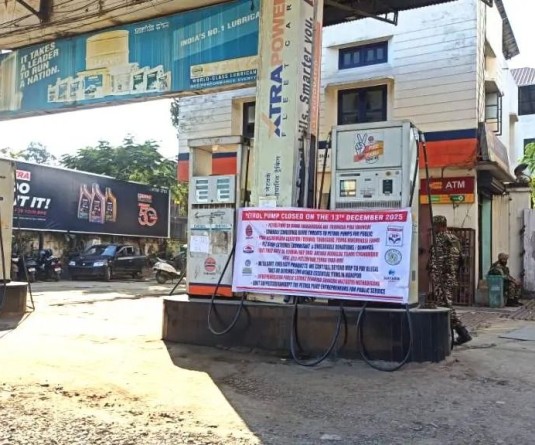IANS Photo

Itanagar, October 4 (IANS) Three indigenous products from Arunachal Pradesh – Yak Churpi, Khamti rice and Tangsa textile – have been granted the prestigious Geographical Indication (GI) tag by the GI Registry, Chennai, officials said on Wednesday.
Indian Council of Agricultural Research-National Research Centre on Yak (NRCY) Director, Dr Mihir Sarkar said that “Churpi” is prepared from the milk of Arunachali yak, which is a unique yak breed found in West Kameng and Tawang districts of Arunachal Pradesh.
Noting that in a major boost to the pastoral production systems and yak rearing in the country, he said that “Yak Churpi” is a naturally fermented milk product made from yak milk.
“Churpi is an excellent source of proteins and is frequently used as a substitute for vegetables by tribal yak herders in the vegetation-starved cold and hilly mountainous regions of the state,” Sarkar told IANS.
“It is also mixed in vegetable or meat curry and is eaten with rice as a staple food in the tribal households. It is considered an integral part of the tangible cultural and tribal heritage of Arunachal Pradesh.”
The Yak expert said that this breed is reared by tribal yak pastoralists known as Brokpas who migrate along with their yaks to higher reaches (at an altitude of 10,000 ft and higher) during summers and descent to mid-altitude mountainous regions during winters.
Dr Vijay Paul, Principal Scientist of NRC-Yak, who was also associated with the GI application process, said that since the product (Yak Churpi) is prepared at such a high-altitude, it is also expected to provide benefits to the tribal herders against cold and hypoxia besides providing enriched nutrition.
The ICAR-NRC on Yak, which is situated at Dirang in West Kameng district of Arunachal Pradesh, had applied for GI registration of this unique yak product in December 2021.
Sarkar said that the institute is closely working with the Brokpas rearing Arunachali yaks and is helping them through research and extension support.
The services rendered by the institute assume greater significance in the light of fact that the yak population throughout the country has been declining at a fast pace due to enormous hardships and dwindling gains associated with pastoral yak rearing, he pointed out.
“The registration of yak Churpi of Arunachal Pradesh as a GI is going to serve the cause of yak conservation and yak pastoralists’ socio-economic upliftment.”
National Bank for Agriculture and Rural Development (NABARD) sources in Itanagar said that two other indigenous products -- Khamti rice and Tangsa textile – have also been granted the prestigious GI tag by the GI Registry, Chennai, following support from the NABARD.
“The NABARD has so far extended financial assistance for GI registration of 18 indigenous products in the field of textile, handloom, food, agriculture.
In the first phase, three products – Yak Churpi, Khamti rice and Tangsa textile – have been granted the GI tag,” the sources said.
Sarkar said that the application was greatly facilitated by National GI Technical Facilitator and expert Padamshri Dr Rajani Kant, Partho Saha, the then Chief General Manager of NABARD, Arunachal Pradesh’s Animal Husbandry, Veterinary and Dairy Development Department.
The Himalayan Yak has also got the food animal tag from the Food Safety and Standards Authority of India (FSSAI), under the Union Ministry of Health & Family Welfare in November last year.
Ladakh and Jammu and Kashmir have the largest population of around 26,000 Yaks, followed by around 24,000 in Arunachal Pradesh, mostly in Tawang and West Kameng districts, 5,000 in Sikkim, 2,000 in Himachal Pradesh and around 1,000 in North Bengal and Uttarakhand.






